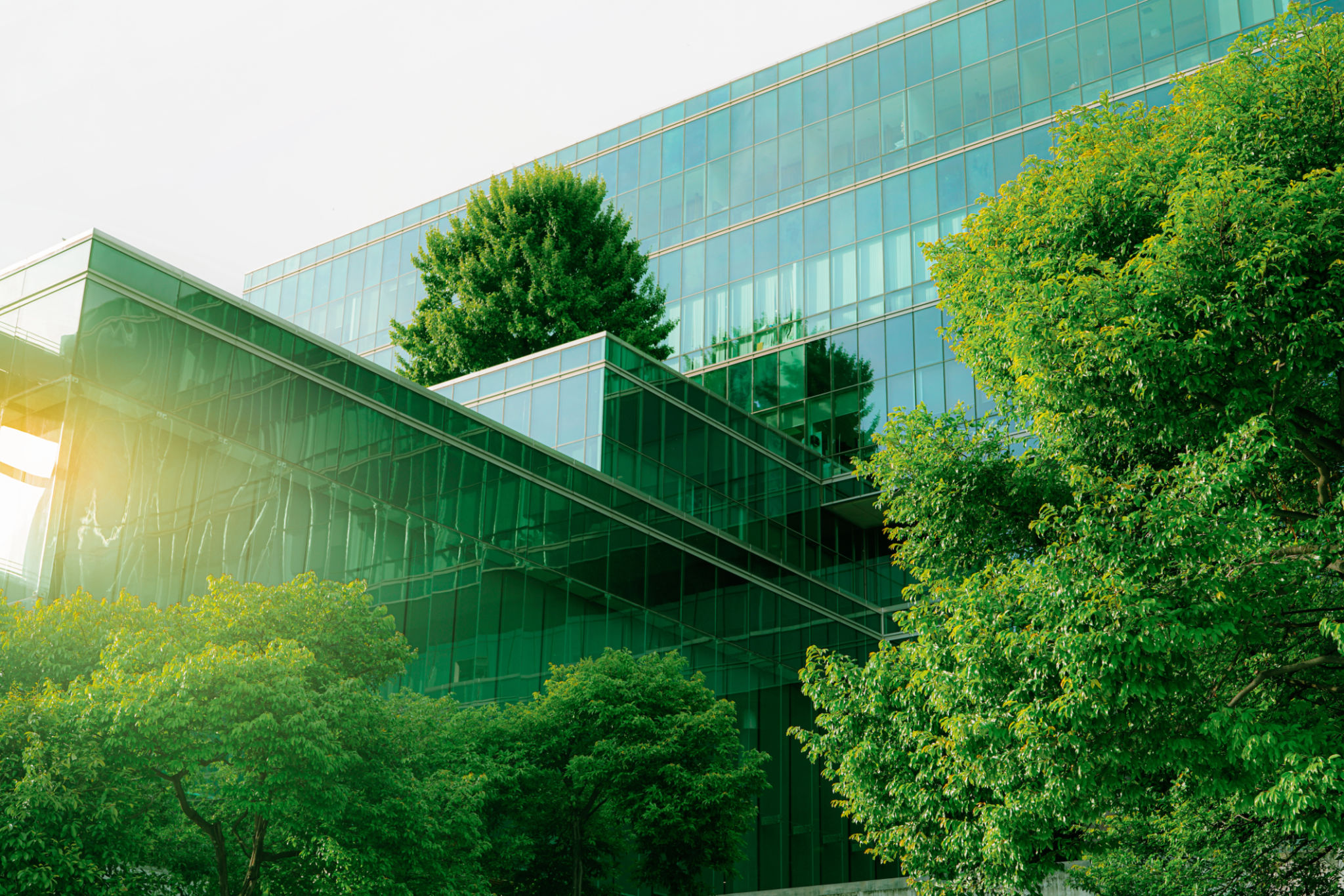Exploring the Benefits of Sustainable Construction in Victoria
Understanding Sustainable Construction
Sustainable construction is a growing trend in the building industry, especially in places like Victoria, where environmental consciousness is highly valued. It involves using eco-friendly building materials and energy-efficient practices to minimize the impact of construction activities on the environment. This approach not only benefits the planet but also offers economic and social advantages.
One of the core principles of sustainable construction is to reduce waste and promote recycling. By using materials such as recycled steel and reclaimed wood, builders can significantly decrease the amount of new resources needed for construction projects. This practice helps in conserving natural resources and reduces the carbon footprint of the building process.

Economic Benefits of Sustainable Construction
Sustainable construction may appear costly initially, but it offers substantial long-term savings. Energy-efficient buildings reduce utility bills by utilizing renewable energy sources such as solar and wind power. These buildings often feature superior insulation and energy-efficient appliances, which lead to significant reductions in energy consumption.
Moreover, sustainable buildings often have higher property values. As awareness of environmental issues grows, more buyers seek homes that are both eco-friendly and cost-effective. This trend has led to an increase in demand for sustainable properties, making them a smart investment choice.

Environmental Impact
The environmental benefits of sustainable construction are profound. By reducing reliance on fossil fuels and utilizing renewable energy sources, these practices contribute to cleaner air and lower greenhouse gas emissions. Sustainable construction also emphasizes water conservation techniques, such as rainwater harvesting and greywater recycling, which are crucial in areas prone to water scarcity.
Additionally, sustainable construction practices encourage the preservation of natural habitats. By carefully selecting building sites and using non-invasive construction techniques, developers can protect local ecosystems and biodiversity.

Social Advantages
Sustainable construction also offers numerous social benefits. It promotes healthier living environments by improving indoor air quality through the use of non-toxic materials and better ventilation systems. These improvements can lead to enhanced well-being and productivity for occupants.
Furthermore, sustainable construction projects often involve community engagement. By involving local communities in the planning and development stages, projects can better address local needs and create jobs, thus boosting the local economy.
Challenges and Future Prospects
While the benefits are clear, sustainable construction does come with its challenges. The initial investment for eco-friendly materials and technologies can be high, and there may be a learning curve associated with new building techniques. However, as technology advances and more builders adopt sustainable practices, these challenges are expected to diminish.
The future of sustainable construction in Victoria looks promising. With increasing governmental support and a shift in public perception towards more environmentally responsible practices, sustainable construction is set to become the standard rather than the exception.

Conclusion
Sustainable construction in Victoria presents an exciting opportunity to build a better future for both people and the planet. By embracing these practices today, we can ensure healthier living environments, economic growth, and environmental preservation for generations to come. As more stakeholders recognize the importance of sustainable practices, the construction industry will continue to evolve towards a more eco-friendly model.
